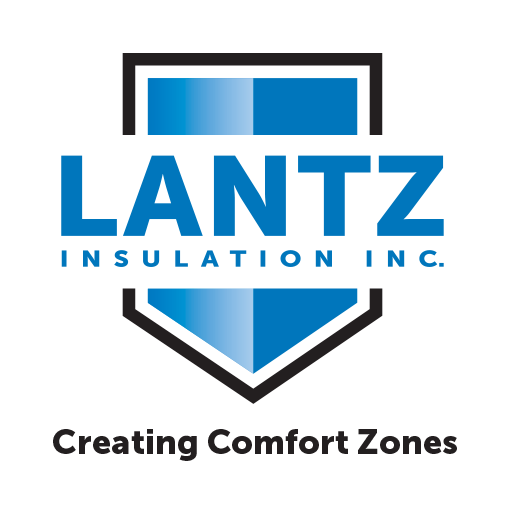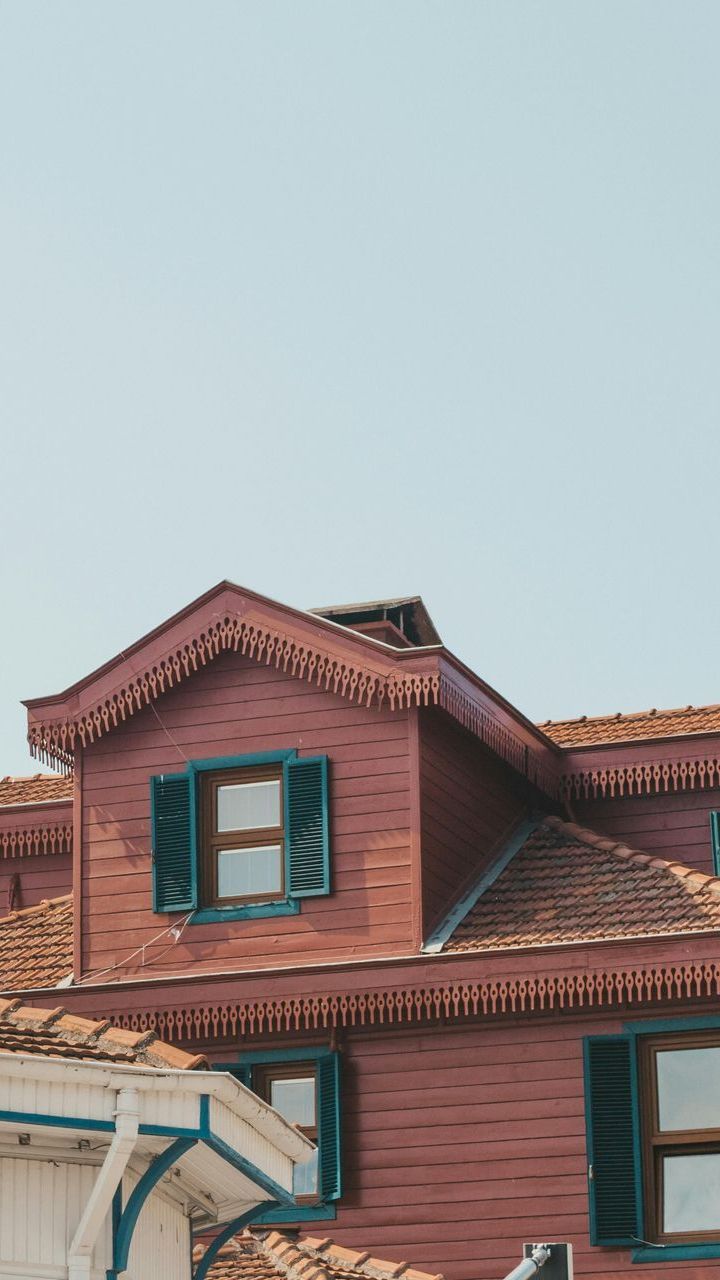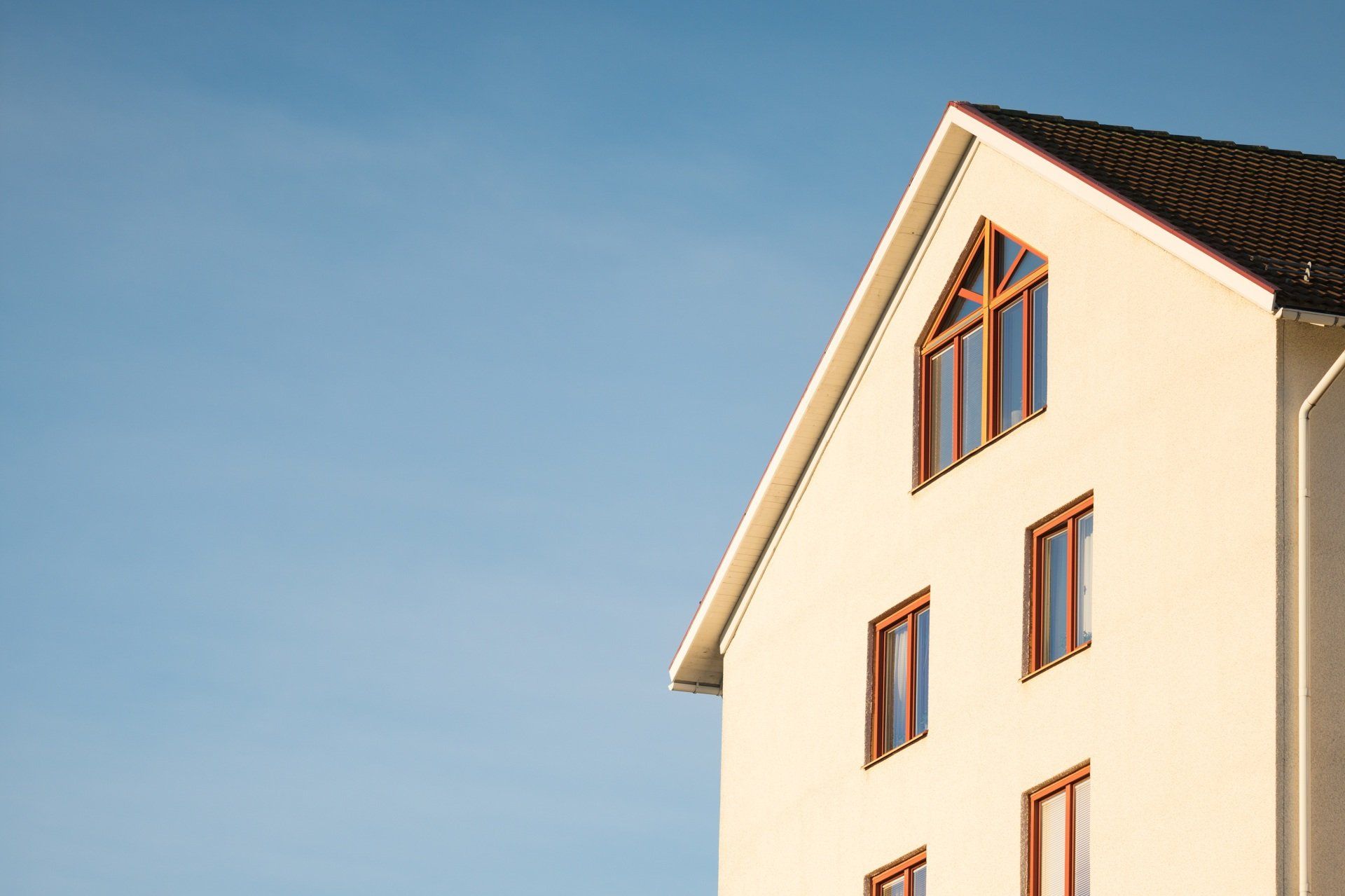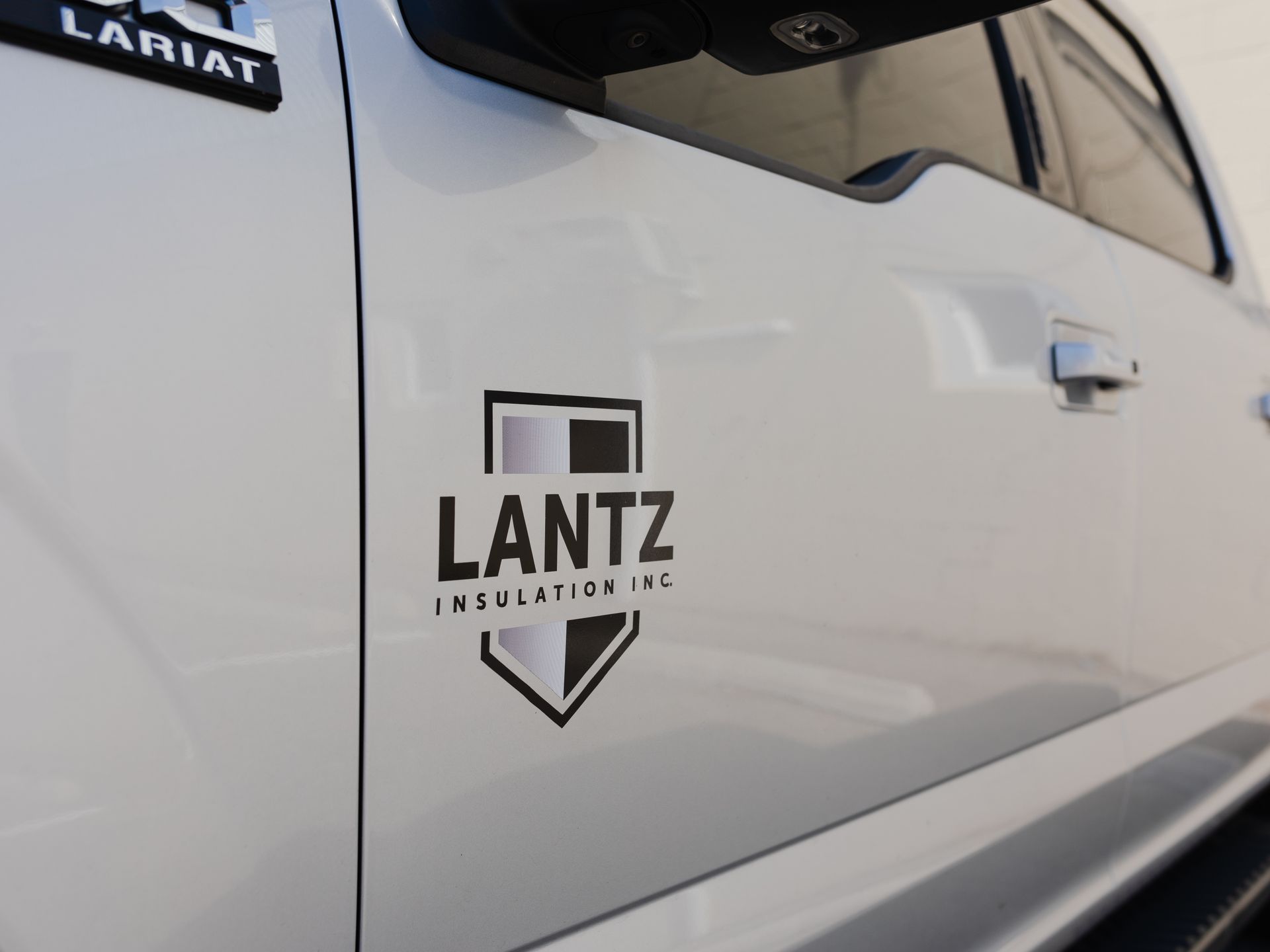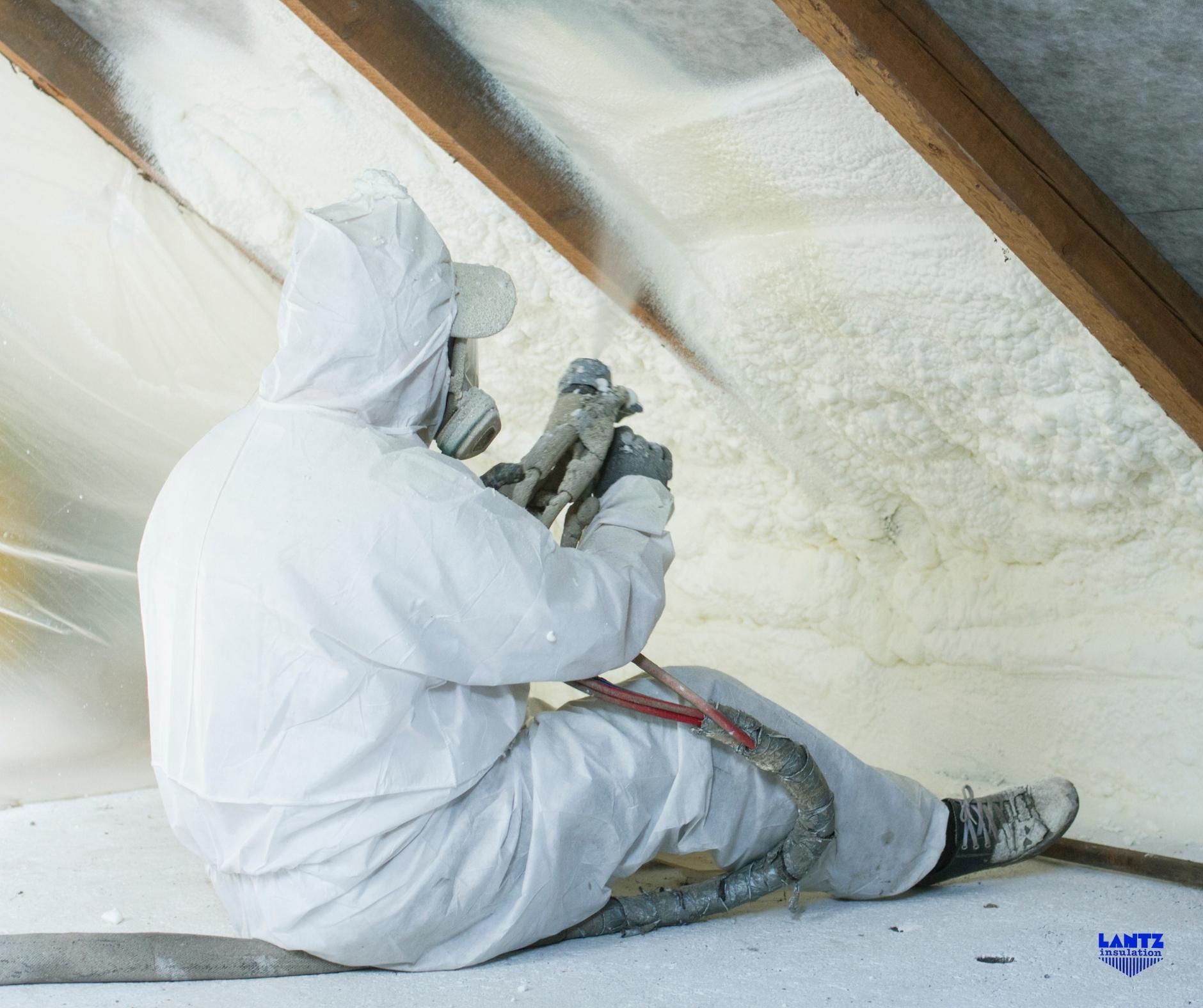6 Ways Summer Attic Insulation Can KeepYou Cool and Cut Costs
Keep your home cool with attic insulation
You know that attic insulation helps keep your home cozy in the winter, but did you know it’s just as effective in the summer? As outdoor temperatures rise, insulation blocks heat and humidity from seeping in, helping to keep the inside of your home cool and comfortable.
If you want to beat the heat and lower your energy bills, installing the right insulation can make all the difference. Wondering whether attic insulation helps in the summer? The answer is a resounding yes!
Here are six ways attic insulation can help your household this summer:
With insulation in place, your air conditioning system doesn’t have to work as hard, which results in lower energy bills.
Proper insulation ensures every room in your house stays comfortably cool, eliminating those uncomfortable hot spots or overly cold areas.
Energy-efficient homes with proper insulation are more attractive to potential buyers, increasing your home’s market value.
4. Protects Your Home’s Integrity
Attic insulation reduces moisture buildup, preventing mold, wood rot, and damage, especially during the humid summer months. It also helps lower the allergens circulating in your home.
5. Keeps Your Home Energy Efficient
Keep your cool all season long—summer insulation helps your home stay energy efficient and your energy bills low.
Attic insulation stops your roof from getting too hot, driving down costs and relieving your HVAC system constant pressure.
Big picture: How does attic insulation help in the summer?
A broiling attic can leave you and your bank account sweating through Labor Day. Without proper insulation, heat from your roof seeps into your living spaces, making your AC work overtime. Attic insulation acts as a thermal barrier, slowing heat transfer and keeping your home cooler with less energy use.
The effectiveness of insulation is measured by its R-value, which indicates how well it resists heat flow. The higher the number, the better the insulation can block summer heat and retain warmth during the winter.
In Lancaster County, PA, where summers bring consistently muggy temps, the U.S. Department of Energy recommends attic insulation with an R-value between R-49 and R-60. This level of insulation helps maintain a steady indoor temperature, reduces cooling costs, and keeps your home comfortable all season long.
How attic insulation helps your home during the Summer months
Attic insulation does more than keep you warm in the winter. In the summer, it plays a critical role in reducing heat transfer, lowering cooling costs, and improving comfort on every floor. From boosting air quality to preventing heat buildup, here’s how insulation helps your home all season long.
Drives cooling costs down 20%
Proper attic insulation helps maintain a cool indoor environment and can reduce cooling costs by up to 20%. With less reliance on your AC, your energy bills drop accordingly. Savings can even be higher depending on your home’s location, materials, and age.
One homeowner shared, “Our energy bill was cut in half after insulating our attic. It made a huge difference.”
A cooler and more comfortable home on all floors
Attic insulation helps maintain a consistent temperature throughout your home. Homeowners often notice the second floor feels cooler in summer with proper insulation, avoiding the uncomfortable heat that tends to rise.
One
homeowner shared their experience:
“Now that it is getting warm enough to really need the AC, I’ve noticed that the house is pretty comfortable with the thermostat set at 75, rather than 72/73 like we used to set it, and it ran nearly constantly on very hot days.”
Higher property value
Attic insulation isn’t just about comfort—it’s an investment in your home’s value. A well-insulated attic signals to potential buyers that the home is energy-efficient and well-maintained.
One homeowner pointed out how insulation plays a role in
resale value:
“There will be impact in the property value. The state of the insulation or lack thereof will show in an inspection report, and the buyer will have to decide if it’s in their budget to improve or to pay for the extra power to heat.”
Homes with proper insulation are more attractive to buyers, potentially leading to higher resale values and faster sales.
Superior indoor air quality
Attic insulation helps prevent moisture buildup, reducing the risk of mold and mildew—two common culprits of poor air quality. It also seals off gaps where pollen and outdoor allergens can enter your home.
Replacing old insulation in older homes can further improve air quality by removing outdated materials that may harbor dust, debris, or contaminants, ensuring cleaner, fresher air throughout your home.
Decreases carbon footprint
Upgrading attic insulation reduces energy consumption, lowering your home’s carbon footprint. Eco-friendly insulation options like cork, cellulose, and sheep’s wool not only boost energy efficiency but are also made from natural and often recycled materials.
These sustainable choices improve comfort and reduce environmental impact, helping you create a greener, more energy-efficient home.
Prevents heat buildup
Proper attic insulation acts as a barrier against heat buildup, keeping your home cooler and reducing strain on your HVAC system. Without it, heat seeps through the roof, raising indoor temperatures and forcing your AC to work harder.
Sealing air leaks and improving ventilation further prevent excess heat. Soffit and ridge vents allow hot air to escape, while radiant barriers reflect solar heat away.
Summer is the season to insulate your home
If you’re considering new attic insulation, summer is one of the best times to do it, especially if you live in Climate Zone 5, which includes Lancaster County, PA. Insulation materials like spray foam are best applied when temperatures stay consistently above 50 degrees Fahrenheit. In the summer, stable conditions allow the insulation to seal properly, ensuring long-term performance.
With temperatures often ranging between 70–90 degrees, it’s also the time when your home needs insulation the most. Installing now means you’ll immediately benefit from lower cooling costs, improved energy efficiency, and more consistent comfort.
Dry summer weather also helps avoid delays or complications that can come with colder or wetter conditions earlier and later in the year

The best time for spray foam insulation in Lancaster County
The International Energy Conservation Code (IECC) divides the U.S. into eight climate zones based on factors like temperature, humidity, and seasonal changes. Lancaster County, PA, is located in Climate Zone 5 on the IECC climate zone map. This zone includes areas that experience both cold winters and hot, humid summers, making the need for effective insulation even more important.
Due to its high R-value, spray foam insulation is ideal for the Zone 5 climate. Not only does it resist heat transfer, but it also seals air leaks, preventing moisture buildup caused by wet and humid conditions. Summer is the best time for installation, as warm outside temperature allows the foam to cure and adhere properly.
Some signs of poor attic insulation during the summer
If your home feels unbearably hot no matter how high you crank the AC, something’s not right. Your attic insulation (or lack of it) might be to blame!
Overheating top floors
When your upstairs feels like a sauna, it’s almost impossible to sleep, relax, or even think clearly. Poor insulation lets heat pour in from the roof, making upper floors especially uncomfortable during the summer months.
Overworked HVAC system
When your A/C is forced to run nonstop, it’s not just wasting energy — it’s wearing down fast. Poor insulation forces your system into overdrive, making breakdowns and surprise repair bills more likely. Nothing kills your summer vibe like a hot house and an emergency HVAC call.
Mold and moisture issues
When insulation fails, warm air and humidity can creep in — and that’s when the funky smells start. Mold and mildew thrive in damp attic spaces, bringing musty odors and potential health risks like allergies and respiratory irritation. No one wants their home to
smell like summer humidity, let alone breathe it in.
Drafty rooms
In the summer, a drafty room isn’t refreshing — it’s frustrating. Poor insulation lets hot air sneak in and cool air slip out, creating uneven temperatures and that constant battle over the thermostat. You’re left sweating in one room and freezing in another, wondering why your home never feels quite right.
Think you have air leaks in your home?
Blower door testing is a special service Lantz Insulation offers to pinpoint air leaks with precision. Unlike traditional methods, our blower door test uses real data to identify leaks, allowing you to address the exact problem areas. This means more effective solutions, lower energy bills, and a more comfortable home.
Why it matters:
Air leaks waste energy, overwork your HVAC, and make your home less comfortable. Our blower door test gives you real data to make smart improvements that actually pay off.
Types of insulation for the summer season (and how to choose)
When it comes to insulating your home for the summer, you have several options based on your budget, home type, and local climate. Each type of insulation has its advantages, and the right one depends on your efficiency needs and how much you’re willing to invest.
Spray foam insulation
Best for: Maximum energy efficiency
Spray foam insulation expands to fill gaps, providing an airtight seal that prevents heat from entering. This makes it ideal for homes needing top-tier energy efficiency. It also prevents moisture buildup, reducing the risk of mold. It’s a more expensive option but it offers long-term savings on energy bills.
Cellulose insulation
Best for: Eco-conscious homeowners
Cellulose insulation, made from recycled paper and other sustainable materials, is a cost-effective and environmentally friendly option. It provides excellent thermal protection and is simple to install, especially in attics, keeping your home cool in the summer. It also performs well in soundproofing.
As one
homeowner who installed cellulose put it:
“Cellulose is probably the earth and user friendliest, and fairly inexpensive, but it’s sensitive to moisture.”
Blown-in fiberglass insulation
Best for: Easy installation and cost-effectiveness
Blown-in fiberglass is a budget-friendly option that’s easy to install, especially in existing homes. It can be added to existing insulation to boost performance. Though it doesn’t offer the same airtight seal as spray foam, it still provides solid temperature control and helps with energy efficiency.
Radiant barrier insulation
Best for: Homes with significant heat from the roof
Radiant barriers reflect heat away from your home, making them perfect for preventing heat buildup in attics. This insulation is ideal for homes with significant exposure to the sun. It’s typically installed in combination with other insulation to maximize cooling efficiency.
Each type of insulation has its own set of pros, so choosing the right one depends on your home’s specific needs and your budget.
What if my attic is partially insulated already?
Even if your attic is partially insulated, it’s important to check for gaps or thin areas where heat can seep in. Insulating these spots will help maintain consistent temperatures and improve energy efficiency.
Keep in mind that insulated and non-insulated rooms sharing walls can result in heat transfer, affecting comfort in other parts of the home. Upgrading or adding insulation ensures your home is better protected from heat fluctuations and reduces energy loss.
If you live in an older home, it’s also important to ensure the current insulation is in good condition and hasn’t pulled away from the walls or resettled.
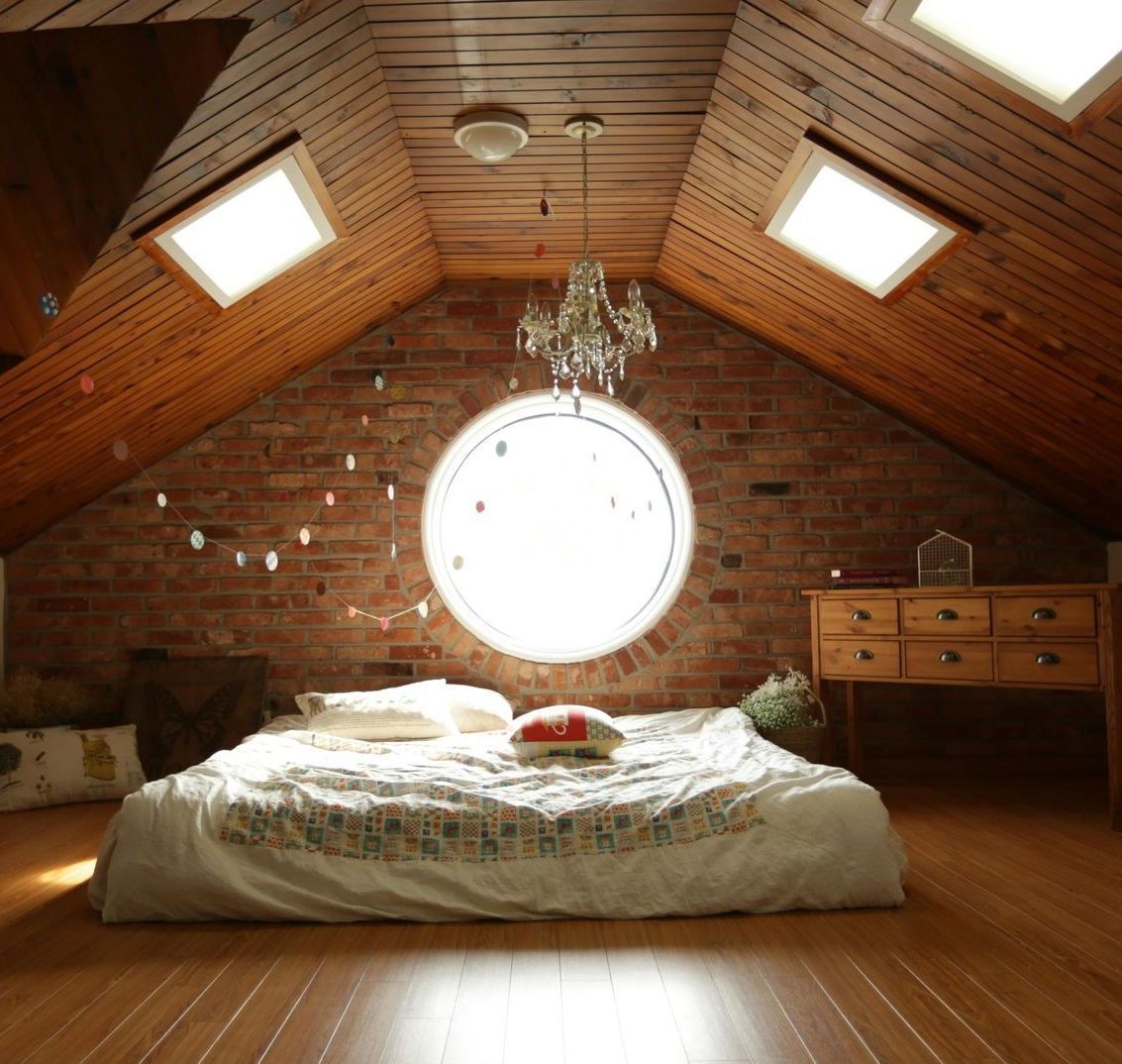
Choosing the right R-value for the hot summer climate
What is R-value?
R-value measures an insulation material's ability to resist heat flow. A higher R-value means better insulation performance, improving temperature control and energy efficiency. R-value depends on the insulation material, thickness, and density—generally, the thicker and denser the material, the higher the R-value. Insulation type also influences R-value, with spray foam and foam board typically offering the highest performance.
What R-value do you need for summers in Lancaster, PA?
In Central Pennsylvania (Climate Zone 5), attic insulation typically needs an R-value between R-38 and R-60. The exact thickness will vary depending on the insulation material.
For spray foam, which provides an R-value of about R-6 per inch, you would need approximately 6-7 inches to reach R-38. For blown-in fiberglass insulation, with an R-value of around R-3.5 per inch, you'll need about 10-17 inches to meet the R-38 requirement.
For best results, it's essential to consider the insulation type's specific R-value per inch when determining the ideal thickness. This ensures your home stays energy-efficient, with reduced cooling costs and better overall comfort during the hot summer months.
“Their people were great to work with, and the turnaround time through the whole process was exceptional. Definitely, two big thumbs up working with Lantz Insulation!
-Brad B.
How to find an attic insulation company this summer
Ready to make your home more comfortable and cut those high cooling bills? Here’s what you need to do:
1.
Call Lantz Insulation - We’re the experts in keeping your Central PA home cool.
2.
Get a FREE blower door test and estimate - We’ll check for leaks and show you exactly what your home needs.
3.
Get quality insulation for your attic - Sit back, relax, and enjoy a cooler, more energy-efficient home all summer long.
Get your home ready for the summer with energy-efficient attic insulation
Still wondering, "Does attic insulation help in the summer?" Absolutely. At Lantz Insulation, we’re here to guide you through every step of making your home cooler and more energy-efficient.
Reach out today, and together we’ll make sure your home is ready to handle the heat.
Summer insulation FAQs: What every homeowner needs to know
Can my attic be too hot?
Yes, an excessively hot attic can lead to higher cooling costs and potential damage to the roof itself. Proper insulation can regulate temperatures, keeping your living areas cooler in the summer and preventing your roof’s materials from prematurely wearing out.
Do you need professional help to install attic insulation?
While DIY options exist, professional installation ensures correct insulation, reduces energy loss, and helps avoid costly mistakes. Experts can also assess your attic’s unique needs for optimal results.
How quickly does attic insulation pay for itself?
The payback period depends on factors like insulation type, home size, and local climate. In many cases, attic insulation pays for itself in three to five years through lower energy bills.
I have pests in my attic; should I worry about my insulation?
Yes, pests can tear up and move insulation, reducing its effectiveness. If you notice signs of mice, birds, or other unwanted guests, it's crucial to address the issue before replacing or upgrading your insulation.
Can I install spray foam over my existing insulation?
Yes, spray foam can be applied over existing insulation, provided it’s in good condition. This is a great option for improving your home’s energy efficiency without removing old materials.
How does attic insulation help in the winter months?
Attic insulation is essential in the winter as it helps retain heat from escaping through the roof. It also prevents snow buildup and ice dams by maintaining consistent roof temperatures.
How long does spray foam insulation last?
Spray foam insulation can last up to 80 years if properly maintained. It is durable, air-tight, and resistant to mold and mildew.
